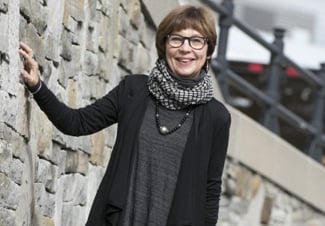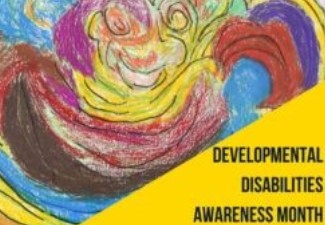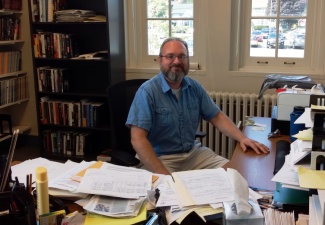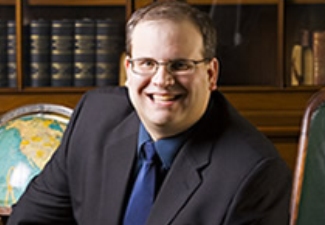Twin Valleys Offers Clearer View of the Heavens
LEWIS, N.Y. (Aug. 17, 2010) -- A new chapter in a long history of stargazing began this month with the dedication of the Gerard L. Cutting Pavilion at the David H. Levy Observatory.
 The event at Twin Valleys Educational Center, SUNY Plattsburgh’s multi-use outdoor
education and recreation center, coincided with the annual Adirondack Astronomy Retreat,
hosted by Levy, the distinguished astronomer and former science editor of Parade
Magazine.
The event at Twin Valleys Educational Center, SUNY Plattsburgh’s multi-use outdoor
education and recreation center, coincided with the annual Adirondack Astronomy Retreat,
hosted by Levy, the distinguished astronomer and former science editor of Parade
Magazine.
 SUNY Plattsburgh and College Auxiliary Services have been working with Levy to develop
a dark sky observatory at the center. Its remote location has made it an increasingly
valuable resource as more areas experience light pollution, which decreases the visibility
of stars and other heavenly objects.
SUNY Plattsburgh and College Auxiliary Services have been working with Levy to develop
a dark sky observatory at the center. Its remote location has made it an increasingly
valuable resource as more areas experience light pollution, which decreases the visibility
of stars and other heavenly objects.
Levy, who attended Twin Valleys science camps as a teenager, says that the site is nearly as dark as it was 40 years ago.
"It's unique for this part of the country," he said. "It's one of the darkest spots in the United States." Twin Valleys, Levy said, is where he made his "most important decision – to search for comets." Since then, he has discovered as many as 22 comets in his career. He co-discovered Shoemaker-Levy 9, the comet that collided with Jupiter in 1994.
The observatory itself was originally built in Whitehall, N.Y., by Gerard Cutting and his sons. After the amateur astronomer's death in May 2008, his family donated the structure, as well as a collection of maps, books, pamphlets, charts and other equipment. The structure itself was dismantled, moved to Twin Valleys and re-assembled over the summer. It will house the college's 14-inch telescope, which was donated by Meade Scientific Co.
Dr. Sue Spissinger -- SUNY Plattsburgh's former associate vice president for academic affairs and research, now retired -- said the facility is a valuable resource for the astronomy program, and it will be available to online star-gazers in the near future. The telescope will soon be remotely accessible on campus via a broadband connection, and eventually online access of images will be available to anyone.
The facility's scope (and telescope) will not be limited to astronomy, however. Spissinger – who played a role in the facility's development as a College Auxiliary Services board member -- sees the potential for interdisciplinary research as well, particularly in the fields of biology and animal behavior.
"The whole point of this, in addition to honoring Dr. Levy, is to bring back what Twin Valleys originally was: an educational center for our students and for students in the broader context," Spissinger said.
News
Knelly Named Special Adviser to SUNY for Clinton Transition

Quebec Studies Presents Montreal Historian in Virtual Talk on 1913 School Strike

Campus Shines Light on Developmental Disabilities During Awareness Month and Beyond
Black Solidarity Day Officially Added to SUNY Plattsburgh’s Academic Calendar

SUNY Plattsburgh Political Science Professor to Zoom a Discussion on the Russian Invasion of Ukraine
